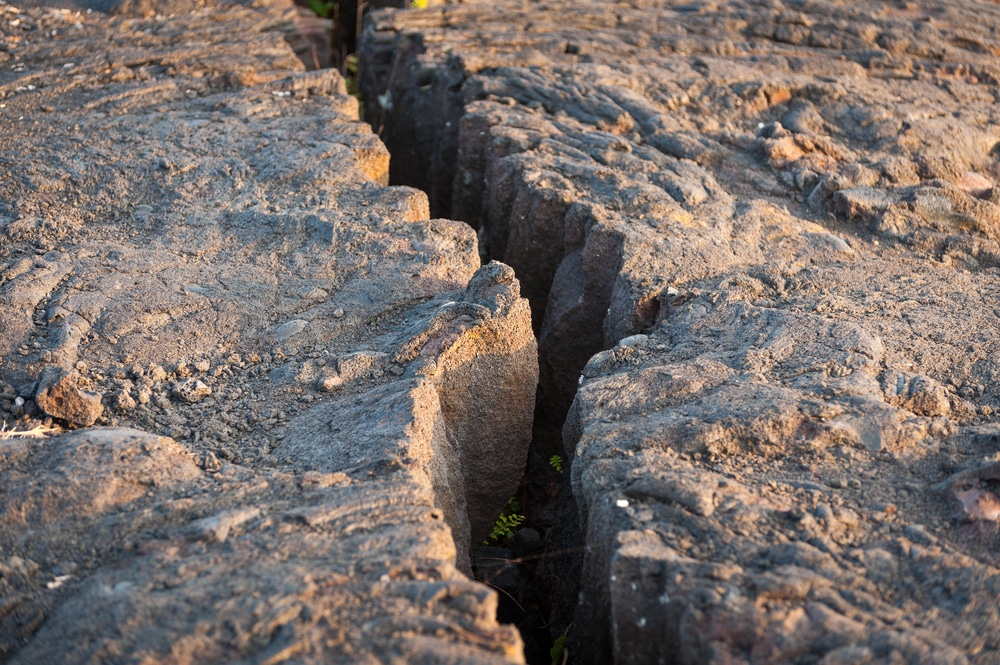Unusually large and deep earth cracks have suddenly appeared in an agricultural region south of Tripoli, causing alarm among the local population.
In response, the Libyan government has initiated an investigation and dispatched a specialized geological team from the Ministry of Local Governance to conduct thorough surveys of the affected areas, particularly focusing on agricultural lands.
Parallelly, the Libyan Ministry of Environment and their Environmental Affairs Monitoring Department in “Al-Sbeea” are taking the lead in overseeing and documenting the ground cracks.
تشققات أرضية "غامضة" تشبه الزلزال في #ليبيا وتثير الرعب.. فما السر؟ 👇#إرم_نيوز pic.twitter.com/HxeVoGF0iy
— Erem News – إرم نيوز (@EremNews) March 4, 2024
This concerted effort aims to compile a detailed report, which will serve as a critical tool in understanding the origins, implications, and potential risks posed by the fissures.
Experts are delving into various hypotheses regarding the cause of these ground cracks, emphasizing that without prior seismic activity, the phenomenon might be attributed to other geological factors, such as underground water flow changes or land subsidence.
Dr. Yasmine El-Gerbi, a geologist specializing in seismic studies, said the absence of seismic events in the lead-up to these cracks suggests “we might be looking at a complex interplay of geological processes unique to this region.”
Locals, particularly those whose livelihoods are intertwined with the land, express a mix of concern and urgency. “Our farms are our lifeblood,” stated Mohamed Al-Fasi, a local farmer, “and seeing the earth split open like this is deeply unsettling. We are eagerly awaiting the results of the government’s investigations to understand what this means for our future here.”
One of the possible causes suggested to be investigated are record-breaking rains and massive floods caused by Medicane “Marquesa” — also known as Storm Daniel, in September 2023.
However, the worst affected was NE Libya where Marquesa dropped more than 8 months of rain in just a couple of days, destroying two dams on September 11.
The resulting floods caused large-scale destruction in which an estimated 11 300 people died and thousands more went missing. The mayor of Derna, the worst affected city, said the final death toll could range from 18 000 to 20 000 (one-fifth of the city’s population.).







